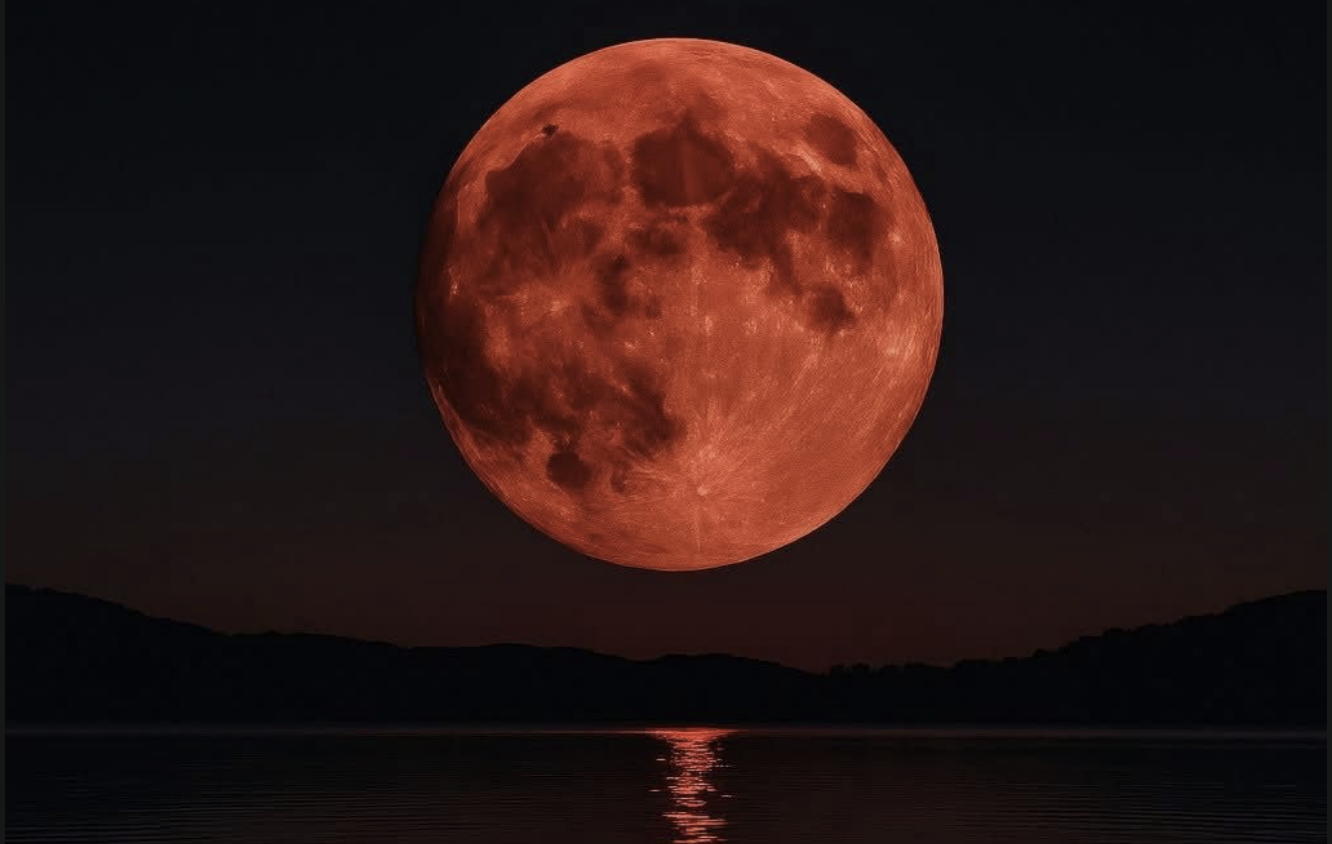OPPO, the renowned smartphone brand known for its commitment to innovation and cutting-edge technology, has once again raised the bar in the world of mobile photography.
In an age where visual communication through photos and videos has become the norm, smartphone users are seeking more from their device's cameras than ever before.
Today, OPPO stands at the forefront of smartphone manufacturers, pushing the boundaries of what's possible with powerful hardware breakthroughs in lens technology and highly sophisticated image processing algorithms.
But OPPO's dedication to photography excellence extends far beyond the realms of hardware and software.
They have undertaken a profound journey into the world of professional photography, collaborating closely with eminent experts from across the globe in fields such as portrait photography, lighting design, and post-production effects.
Read More
Through extensive discussions with these masters and a meticulous study of the unique tones and styles that define their masterpieces, OPPO has unearthed a treasure trove of insights.
These insights have paved the way for the creation of a timeless photography aesthetic—aesthetic that revolves around faithfully capturing the interplay of light and shadow, rivaling the standards of professional-grade cameras.
The culmination of this dedication to photographic artistry finds its embodiment in the latest OPPO Reno10 series.
These smartphones are poised to set a new standard for professional portrait photography in the world of mobile devices.
In recent years, the rapid surge in computational power within smartphones has prompted many brands to introduce what they term image 'optimization' or 'beautification' effects.
These features are designed to make subjects stand out by enhancing their brightness while reducing background brightness.
At a casual glance, these computational tricks yield brighter and attention-grabbing images, aligning with the prevailing aesthetic preferences.
However, a closer examination reveals that these images fall short of being true photographic masterpieces.

-1694692056.jpeg)







-1757243598.jpg)
-1757244564.jpg)

